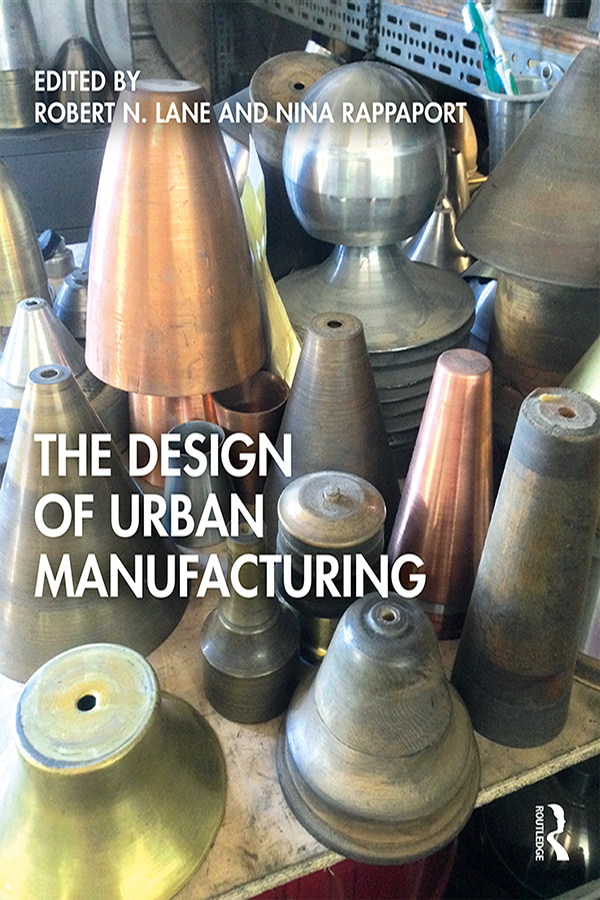
We all want to increase profits, but sometimes we get caught in the details and miss the big picture:
Profit = (Price – Cost) x Volume.
It’s a simple formula, but it provides a framework to focus on fundamentals. While all parts of the organization contribute to profit in their own way, engineering’s work has a surprisingly broad impact on the equation.
The market sets price, but engineering creates function, and improved function increases the price the market will pay. Design the product to do more, and do it better, and customers will pay more. What’s missing for engineering is an objective measure of what is good to the customer.
A robustness surrogate is a test rig and protocol that stand in for the customer. It’s like having an objective customer in the development process. When the product tests better on the robustness surrogate, the customer will like it and pay more. A good robustness surrogate breaks the product quickly, enabling engineers to learn and make improvements rapidly. The surrogate should also capture the physics of failure. In other words, the broken products in the lab should look like broken ones from the field.
Ask engineering to create robustness surrogates for important functionality and failure modes, and then ask them to design, break, and fix until they run out of time.
Product simplification is another important driver for price. A simpler product works better, since there are fewer things to break. More importantly, a simpler product requires less design work, which can reduce time to market. For engineering, what’s missing is the right feedback metric for product simplification.
Measure engineering on part count to improve product simplification. With a simpler design, engineering hours are concentrated on fewer parts, so the parts (and product) work better, and better function can support a higher price. With fewer parts, time to market is reduced, and the first to market commands a higher price.
Though traditionally thought of as manufacturing’s responsibility, engineering has the strongest impact on cost. Engineering designs in cost, so they should be the ones to design it out, and reducing part count is the best way to do it. Design out parts, and cost reduction follows naturally.
Ask engineering to create two Pareto charts for the product you make today: part count by part type and part count by subassembly. The big bars will show engineering where to focus their time when it’s time to design the next version of the product. The charts will also help them take an 80-20 approach to design, where 80 percent of the benefit is achieved through redesign of 20 percent of the product. The Paretos make it clear that there’s no need to boil the ocean: Focus on complexity.
The side benefits of product simplification are reduced floor space, improved rolled throughput yield, and 50 percent reduction in material cost.
Like price, robustness surrogates and product simplification generate volume, but there’s a twist. Big volumes are usually generated by big customers that buy repeatedly, and those customers want to know what they get before they sign the contract.
Ask engineering to test the competitor’s products on the robustness surrogates. The direct A-B testing creates repeatable, objective, data-driven measures of goodness for your current product, your new product, and your competitors’ products. The data is grounded and repeatable, since the test protocols are well-defined.
With data-driven sales tools, the sales team hits the streets with clear, simple A-B charts that show how your product outperforms everything on the planet. And for the nonbelievers, the sales team can offer a trip to the factory to watch a rerun of the testing. Big customers like this and buy more.
While it’s often unclear to engineering how broadly they influence the profit equation, with some education they will understand, and when they do, watch out for skyrocketing profits.
The market sets price, but engineering creates function, and improved function increases the price the market will pay. Design the product to do more, and do it better, and customers will pay more. What’s missing for engineering is an objective measure of what is good to the customer.
A robustness surrogate is a test rig and protocol that stand in for the customer. It’s like having an objective customer in the development process. When the product tests better on the robustness surrogate, the customer will like it and pay more. A good robustness surrogate breaks the product quickly, enabling engineers to learn and make improvements rapidly. The surrogate should also capture the physics of failure. In other words, the broken products in the lab should look like broken ones from the field.
Ask engineering to create robustness surrogates for important functionality and failure modes, and then ask them to design, break, and fix until they run out of time.
Product simplification is another important driver for price. A simpler product works better, since there are fewer things to break. More importantly, a simpler product requires less design work, which can reduce time to market. For engineering, what’s missing is the right feedback metric for product simplification.
Measure engineering on part count to improve product simplification. With a simpler design, engineering hours are concentrated on fewer parts, so the parts (and product) work better, and better function can support a higher price. With fewer parts, time to market is reduced, and the first to market commands a higher price.
Though traditionally thought of as manufacturing’s responsibility, engineering has the strongest impact on cost. Engineering designs in cost, so they should be the ones to design it out, and reducing part count is the best way to do it. Design out parts, and cost reduction follows naturally.
Ask engineering to create two Pareto charts for the product you make today: part count by part type and part count by subassembly. The big bars will show engineering where to focus their time when it’s time to design the next version of the product. The charts will also help them take an 80-20 approach to design, where 80 percent of the benefit is achieved through redesign of 20 percent of the product. The Paretos make it clear that there’s no need to boil the ocean: Focus on complexity.
The side benefits of product simplification are reduced floor space, improved rolled throughput yield, and 50 percent reduction in material cost.
Like price, robustness surrogates and product simplification generate volume, but there’s a twist. Big volumes are usually generated by big customers that buy repeatedly, and those customers want to know what they get before they sign the contract.
Ask engineering to test the competitor’s products on the robustness surrogates. The direct A-B testing creates repeatable, objective, data-driven measures of goodness for your current product, your new product, and your competitors’ products. The data is grounded and repeatable, since the test protocols are well-defined.
With data-driven sales tools, the sales team hits the streets with clear, simple A-B charts that show how your product outperforms everything on the planet. And for the nonbelievers, the sales team can offer a trip to the factory to watch a rerun of the testing. Big customers like this and buy more.
While it’s often unclear to engineering how broadly they influence the profit equation, with some education they will understand, and when they do, watch out for skyrocketing profits.
Author’s note: This column is in memory of Don Clausing, author of Total Quality Development (ASME Press, 1994), co-author of the seminal paper The House of Quality (Harvard Business Review, May 1988), and recipient of the prestigious Taguchi Award, who taught me to think this way.
Editor’s note: Mike Shipulski is a leading authority on lean manufacturing, product development, and design for manufacturing and assembly. His column appears every other month, alternating with Austin Weber’s “On Campus.” E-mail Mike with comments via mike@shipulski.com or follow his blog at www.shipulski.com.



